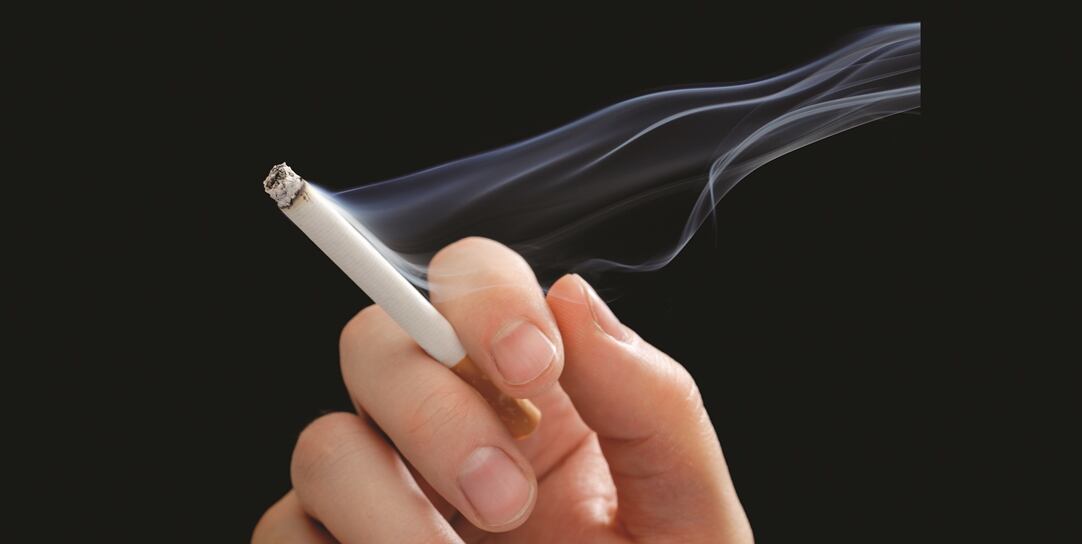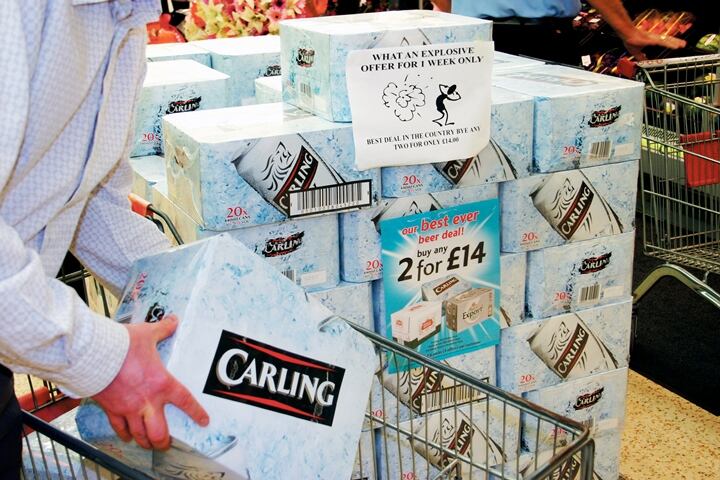And it happened against a background of fast-changing consumer lifestyles; the continuing decline of pubs’ staple product, beer; falling supermarket prices; the growth of casual dining and the rise of the coffee shop; and a leap in technology that brought us broadband internet, mobile computing and social networking.
If that wasn’t enough, the country’s largest pub companies faced a debt crisis and looming regulation.
Unsurprisingly, many thousands of pubs have not survived the storm. Others have adapted to the new conditions and endured the tough times. And some have positively thrived.
So what makes the difference between a winner and a loser, and where has the past tumultuous decade left the pub industry?
In England and Wales, the Licensing Act 2003 came into force at the end of 2005. Some welcomed the additional flexibility but the costs and benefits of greatly extended hours made a positive balance for very few.
Instead, as Association of Licensed Multiple Retailers chief executive Kate Nicholls notes, it was the off-trade that gained most from deregulation.
“The 2006 World Cup was the first time we saw alcohol used as a loss-leader. People got used to buying alcohol in bulk, and the credit crunch drove that trend further.”
There was, indeed, little in the reform for Philip Cutter, who has run the award-winning Murderers pub in Norwich for almost three decades.
“Twenty-four hour licences benefited no one – excluding supermarkets. As a small operator, I was never likely to justify opening 24/7.”
Surviving the smoking ban

The ban on smoking in public places, however, made a wider and deeper impact. Despite organised resistance from the trade, it was in place across the UK by the summer of 2007.
A new phrase crept into the language – the ‘smoking solution’; outdoor shelters of various shapes, sizes and degrees of comfort. So-called ‘land-locked’ pubs discovered yards nobody knew they had or directed smoking customers onto the street.
The decade in numbers
21,000 drink-led pubs that have closed
8,600 food-focused venues that have opened
26% decline in alcohol consumption in the on-trade
40% increase in young adults who don't drink
For a lot of smaller, wet-led boozers it was, arguably, a fatal blow. From an industry perspective, though, it’s possible to see the ban as a catalyst for positive changes that opened pubs up to a new audience.
Ian Edward, industry consultant and director of Hippo Inns, describes the smoking ban as “the biggest thing in the past 10 years, and it’s been both positive and negative. Pubs were so slow to understand what it was about and the industry fought against it for so long. Now you wonder how they could have been so stupid.
“Smoke was a massive block on women going to the pub, and the ban has made it easier to implement the trend to food.”
“The smoking ban brought to the fore underlying changes in demographics and the customer base, a younger set of consumers who were not drinking and smoking,” adds Nicholls. “The smoking ban got us ahead of the curve.”
Jonathon Swaine, managing director of Fuller’s Inns, agrees. “The pub has since become a better place, for customers and staff. We may not have realised it at the time but it was a positive opportunity to exploit the growing trend for eating out and look at the design and levels of service in our pubs.”
For William Robinson, managing director of Frederic Robinson’s pub division, the ban “not only changed pub-going behaviours but also, over time, the perception of pubs, making them more appealing to women and families. The pub trade has evolved to become much stronger and more inclusive.”
But it didn’t happen overnight. Before the trade could fully get to grips with the ban, the credit crunch bit, followed by a long economic downturn.
Changing behaviour
Increasing regulation and the tax escalator that lifted beer duty by 42% between 2008 and 2013 compounded the problem, says British Beer & Pub Association chief executive Brigid Simmonds.
“The interplay of these complex factors brought a decline in the number of pubs. Yet there’s a hugely positive story too,” she adds. “Changing consumer tastes and a challenging economic and regulatory climate require innovation and investment, and we’ve seen many new pub openings, and considerable innovation, with big advances in casual dining in pubs.”
“The recession took a lot of money out of people’s pockets, affecting wet-led tenancies especially, but every pub struggled,” says Peter Hansen at Sapient Corporate Finance. “People just weren’t going to the pub as much.
“And since, there has been way more competition for people’s attention, in casual dining and online experiences for younger people.
“A number of smaller operators have done well despite that because they’ve generated high spends per site and done it consistently. Their offers are fresher and they trade throughout the day, not just lunch and dinner but in the afternoon – that’s the holy grail, pubs where people linger.”
“The shake-up of 2007–2008 forced operators to reassess their markets,” continues Nicholls. “We’ve lost a large number of pubs, and others have re-invented themselves. It’s a painful thing to have gone through, but the survivors are stronger, they have a stronger business model.”
For her, the recession accelerated long-term trends in consumer behaviour, including the movement of drinks sales away from the on-trade into the off-trade, driven by cheap alcohol and new home attractions.
“The biggest competition for pubs started to come from a pizza on the sofa watching the X-Factor. Pubs had to find a way to remain relevant and compete.”

Swaine also points to the challenge of changing lifestyles.
“The iPhone was launched a month before the smoking ban, and if anything it’s been a more significant catalyst of change. Customers are more knowledgeable and empowered, and we have to be alive to that.”
“In my opinion, the worst threat to the industry has come from social media,” says Cutter. “Historically, it was pubs where 18 to 25-year-olds met up to chat, people-watch and date. That’s been replaced by Facebook, Twitter and Instagram. The competition has changed from the closest pub to everyone with a television!”
Signs of the times
In more recent years, casual dining has also competed for the pub’s traditional status as the ‘third place’ between work and home.
MCA’s executive director Simon Stenning says: “Pubs have been reinventing their mojo and reclaiming the third space from the coffee shops. Consumers are clear about what they’re going to the pub for, whether it’s a special occasion, the Sunday carvery or a quick pint, and we’re seeing clearly differentiated offers.”
“Different is good,” Cutter confirms. “Most pubs now have a USP, they have great food offers, beer festivals, music events, pub quizzes and more. Some have post offices, libraries and cinemas. Innovation is what enables a business to thrive.”
“Pub closures are an unfortunate casualty of an evolving consumer base that’s looking for a different and new experience,” says Robinson. “We need to adapt to those changing needs, whether it’s offering a wide coffee range, an extensive wine selection or a focus on food.”
Ken Buckley, managing director of sports-led community pub chain Bravo Inns, with more than half a century of industry experience behind him, believes “there are still another 7,000 or 8,000 pubs to go from the market, pubs that time has left behind because of their location”.
“There’s an opportunity, though, for a pub to show it’s the best in the local marketplace. I believe in the community pub, and there are a lot of people, like me, who still want conversation and laughter.”
Swaine also has confidence in pubs “with a bar at their core and beers at their heart”.
“The informality of the pub and the atmosphere that creates means when you get it right, there’s no better place to be. If we stray too far from those elements, we fail.”
Sue Hawkins, licensee of the Milton Hare at Milton-under-Wychwood, Oxfordshire, has been a stranger to failure over the past decade as she’s bought and sold a number of freehold pubs, “all underachieving or shut when I bought them, all boisterously thriving when I’ve sold them”.
She says: “It’s easy to blame the recession, the smoking ban, drink-driving laws or high rents and rates for the decline of the pub, and those things and more have hit us hard, but it’s still the most exciting industry to be in.
“Customers have become incredibly savvy and want a lot for their money, and many pubs have closed due to their inability to change. Pubs still in business have tailored their offering, and raised it to a higher standard.”
Hawkins adds: “After a period in the wilderness, the pub has decided what it is, what it’s offering and who it’s aiming at.”
